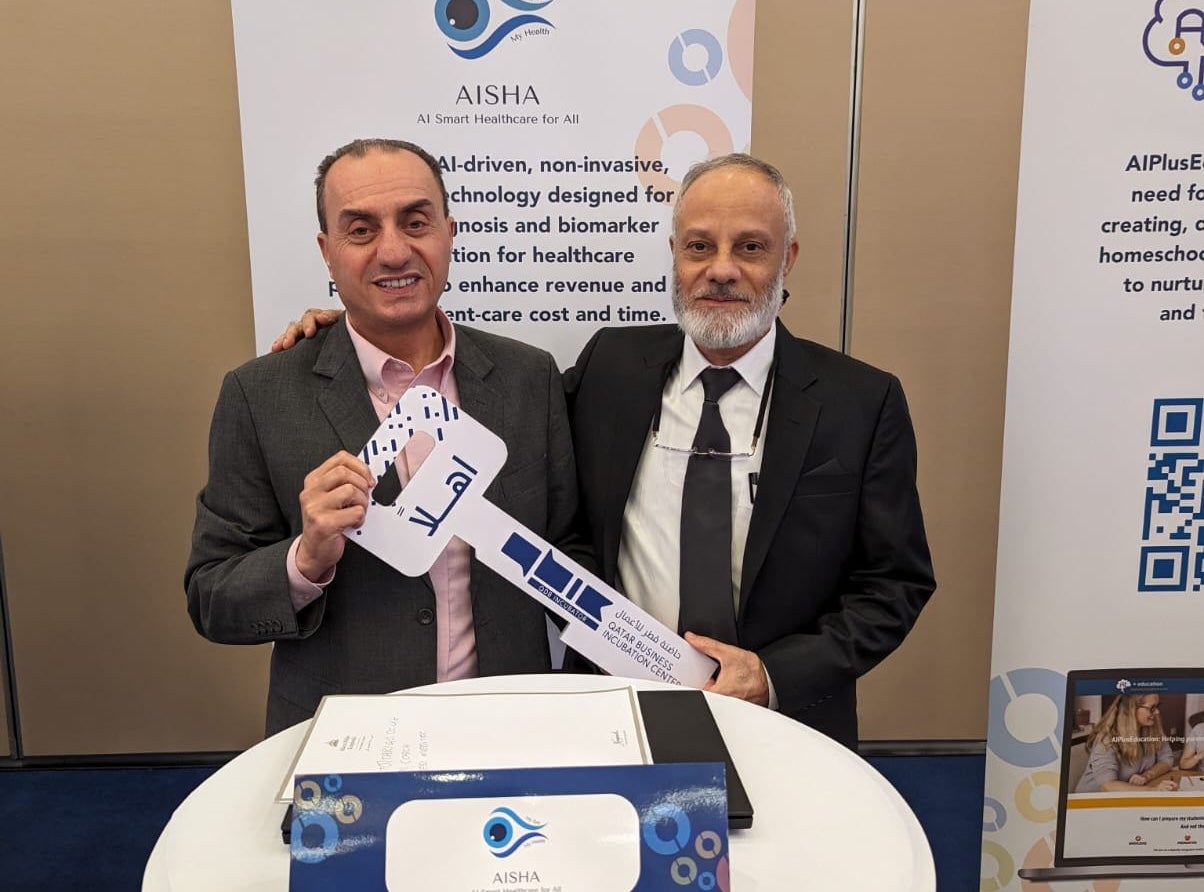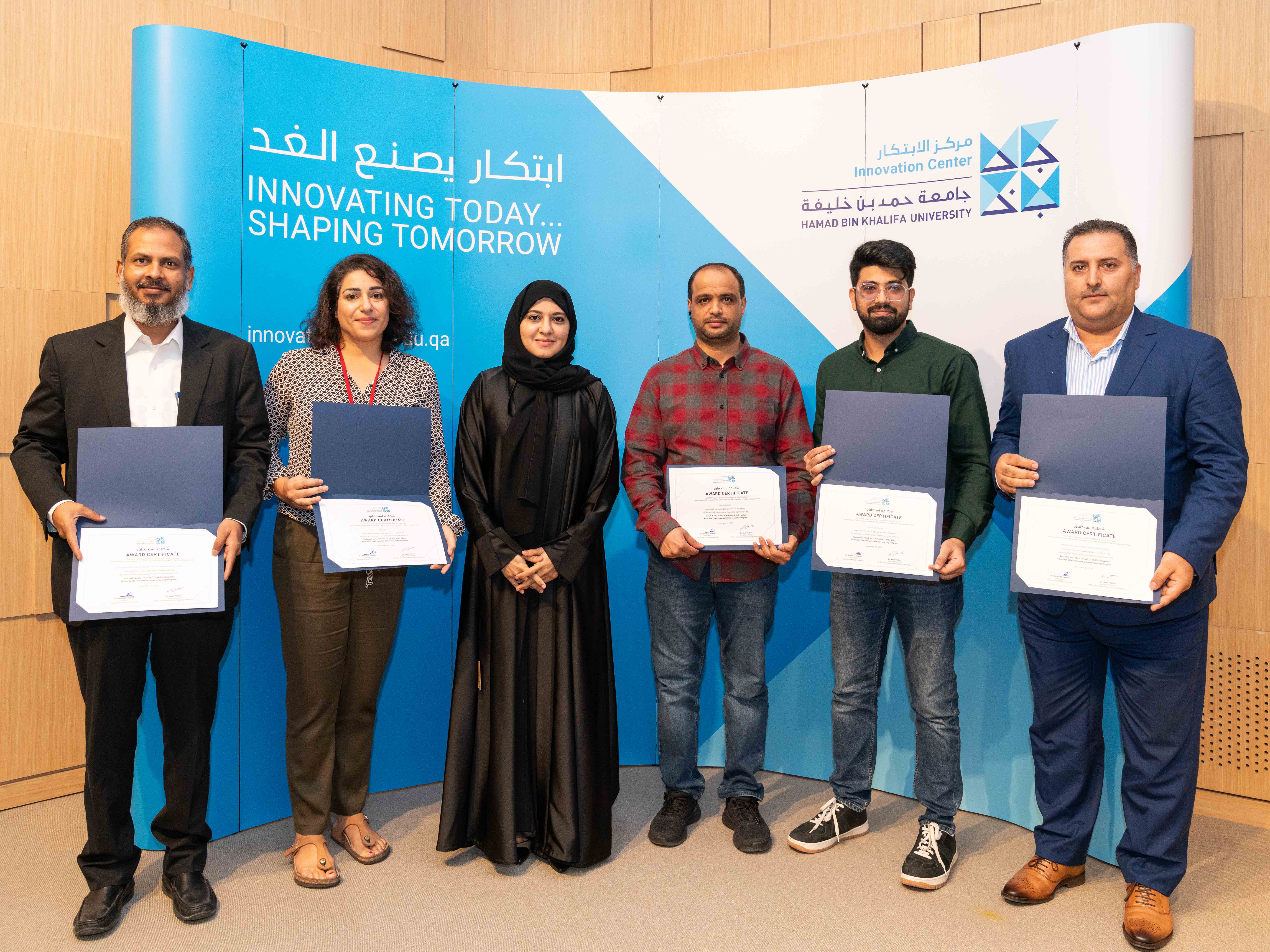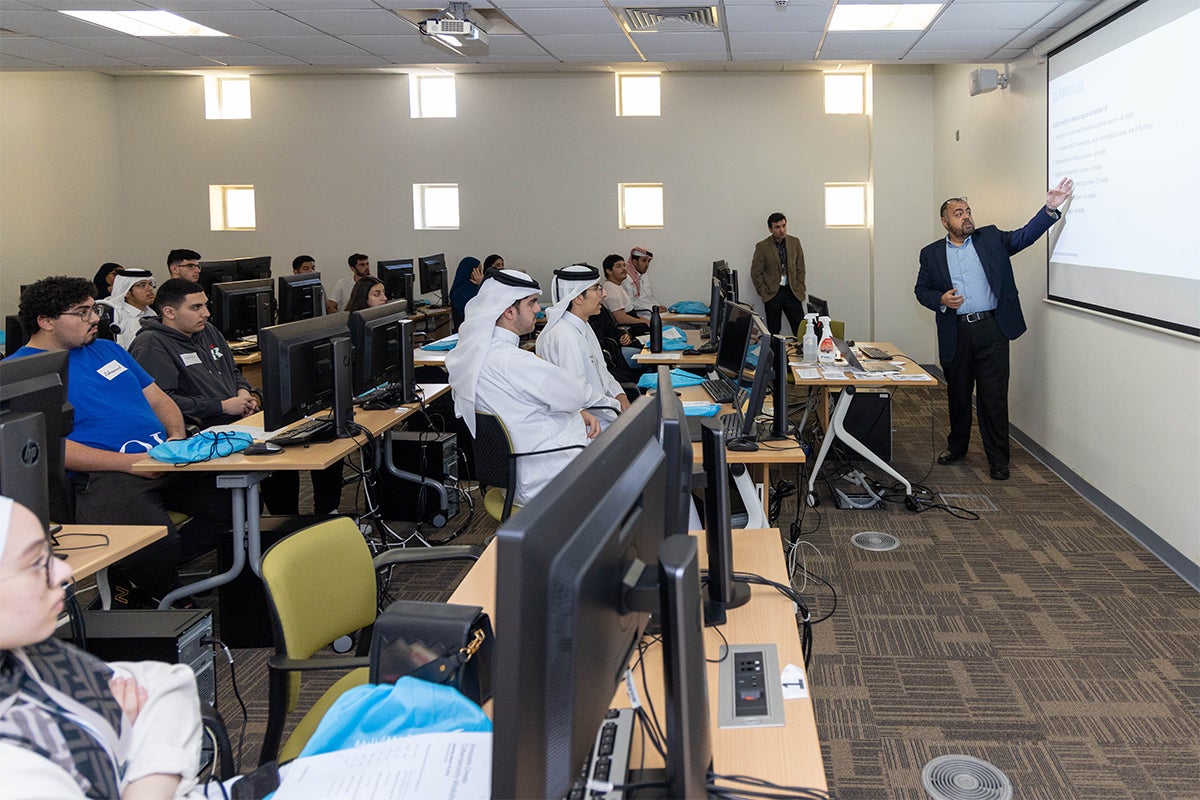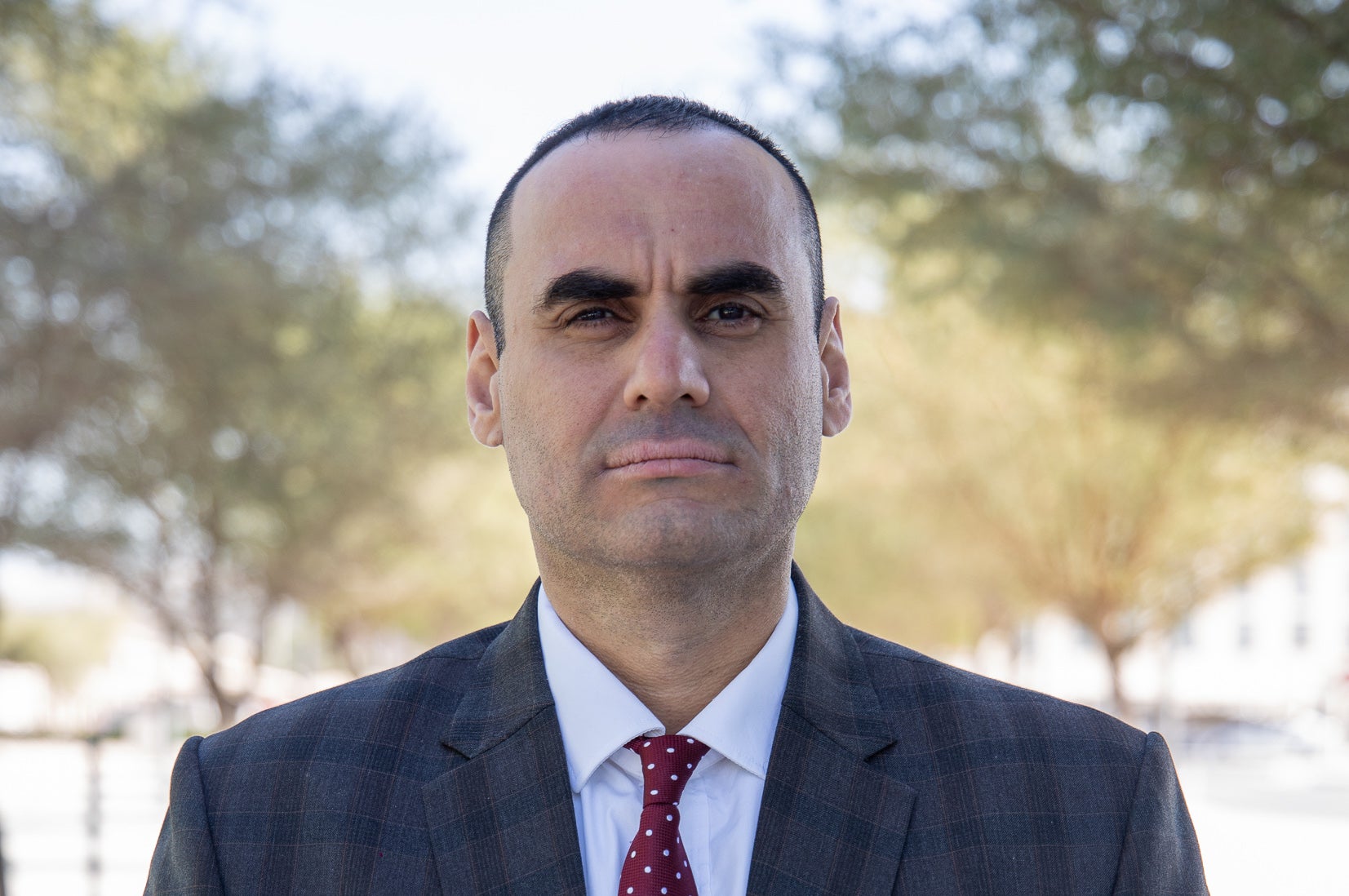CSE’s state-of-the-art simulation software QASR for supercomputers delivers a powerful tool for oil and gas industry to optimize reservoir performance
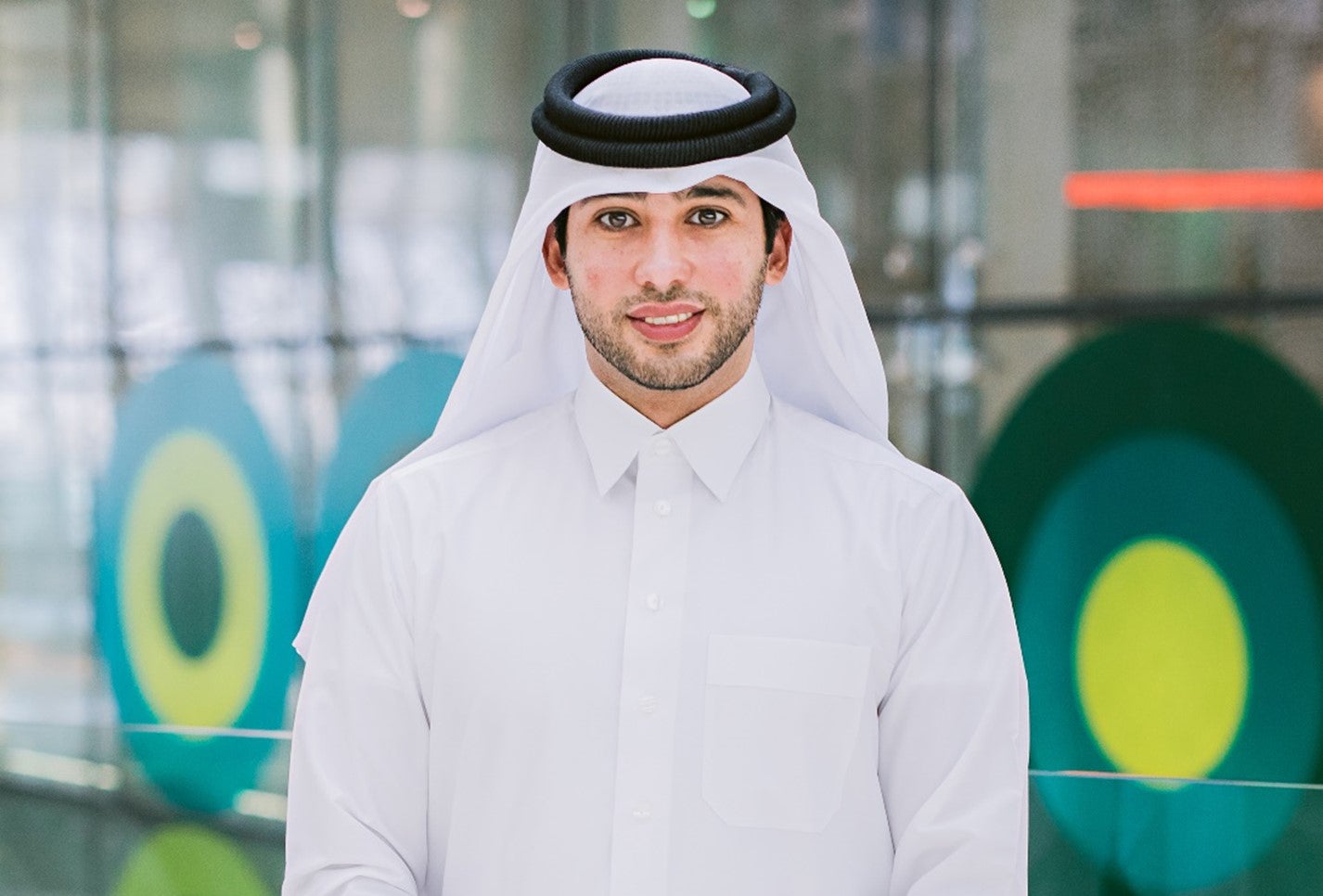
Signaling a major advancement in optimizing oil and gas recovery and exploration in Qatar’s, the region’s, and the world’s complex reservoirs, the College of Science and Engineering (CSE) at Hamad Bin Khalifa University (HBKU) is the first academic institution in the world to develop and simulate a 1.014 billion computational cell model for giant oil and gas fields.
Computer simulation allows petroleum engineers and geoscientists to model the dynamic behavior of hydrocarbons in their subsurface reservoirs, an ability which lets them reliably manage and predict future performance.
CSE researchers developed a state-of-the-art reservoir simulation software, QASR (Qatari Advanced Simulations for Reservoirs), that accurately mimics the petroleum fluid flow at the Earth’s subsurface reservoirs while using the most advanced technologies.
This billion-cell model was able to forecast oil and gas production for a giant oil and gas field with as many as 540 well connections for a period of 15 years. The simulation, which would take years without a supercomputer, was completed in just under 36 hours of simulation time - a major feat in view of the complexity of the physical phenomena involved. The team used 115 nodes and 4,600 cores to run the calculations, deploying the vast computational power of supercomputers at HBKU's Salam Cluster.
The in-house simulation software is funded by CSE at HBKU and a generous research grant (NPRP10-0208-170407), which was awarded by Qatar National Research Fund (QNRF) under its flagship National Priorities Research Program (NPRP). Dr. Ahmad Sami Abushaikha, associate professor at HBKU CSE’s Division of Sustainable Development, headed the initiative. He is the lead principal investigator of the project that comprises principal investigators: Dr. Longlong Li, postdoctoral fellow, HBKU CSE; Dr. Denis Voskov, associate professor, Delft University, Netherlands; Dr. Kirill Terekhov, research scientist, Russian Academy of Sciences; and Prof. Hamdi Tchelepi, professor, Stanford University.
Simulation models are routinely used by Qatar’s oil and gas companies to predict how to extract oil and gas or to develop an optimal production strategy based on the physics and petrophysical properties of the subsurface hydrocarbon reservoirs. Reservoir simulation is crucial for assessing the economics of any reservoir development project under different drilling and operating scenarios and making strategic investments.
Higher stakes amid a new era of growth for Qatar’s oil and gas industry have increased the demand for models that can rapidly simulate hundreds of millions of reservoir cells – an ability now possible with QASR. There are only four reservoir simulators in the world that can simulate a billion-cell model for giant fields. They are developed by large-scale international companies, including Saudi Aramco, ExxonMobil, Schlumberger, and Stone Ridge Technology. Although these simulators are present in the oil and gas industry, QASR is the only one that exists in academia.
QASR surpasses currently available simulators by including several new features and functionalities. Using software, physics, and advanced numerical schemes, QASR can predict the hydrocarbon flow more accurately than models used in standard practice. Importantly, the simulator is tailored to the specific geological and physical characteristics of oil and gas fields in Qatar and the region, an important factor given the carbonate nature of the country’s reservoirs.
Once put into use by oil and gas companies, engineers will be able to model the giant oil and gas fields of the Middle East and in turn save millions of dollars with more precise field development strategies. A second, very important use, will be to model carbon dioxide (Co2) sequestration projects to store millions of tons of greenhouse gases in depleted reservoirs which will have massive environmental benefits. Moreover, it can be deployed to assess the feasibility of emerging technologies such as blue hydrogen.
This project is ideally suited for the Qatar and GCC economies where more than 50 percent of the world’s hydrocarbon reserves are stored. Moreover, it has a huge international market with an oil and gas economy worth around $7 trillion and an expanding data analytics market of over $25 billion.
Dr. Ahmad Sami Abushaikha, associate professor, CSE, elaborated on the achievement: “The billion-cell simulation milestone is a major one for the College of Science and Engineering at HBKU, and indeed the entire scientific research community, and we are very excited at the impact it will have on the oil and gas industry. We set out with a global ambition of developing a Qatari reservoir simulator to model Qatar’s and the region’s unique physical phenomena and to work with industry to meet their need for reliable solutions that can underpin crucial economic decisions. The result is an advanced simulation platform with a fast turnaround time that will be invaluable to oil and gas companies. The ability to model projects that will boost greenhouse gas storage is also a crucial step toward environmental sustainability for the industry especially with any new transition towards blue-hydrogen technology.
Dr. Mounir Hamdi, founding dean of CSE, commenting on the achievement, said: “We are very proud of the exceptional and world-class achievement of Dr. Ahmad Abushaikha’s research team. He was able to develop QASR by mobilizing our research and development capabilities as well as advanced technology, with support from the Qatar National Research Fund. And we are delighted that industry is able to look to HBKU to drive innovation, and that we can contribute in such a significant way to building a knowledge-based economy for Qatar, especially in this extremely important economic sector of Qatar.”
To learn more about the College of Science and Engineering, its activities, and events, visit cse.hbku.edu.qa. To learn more about QASR software and the research team’s activities, visit qasr.qa.
Related News





